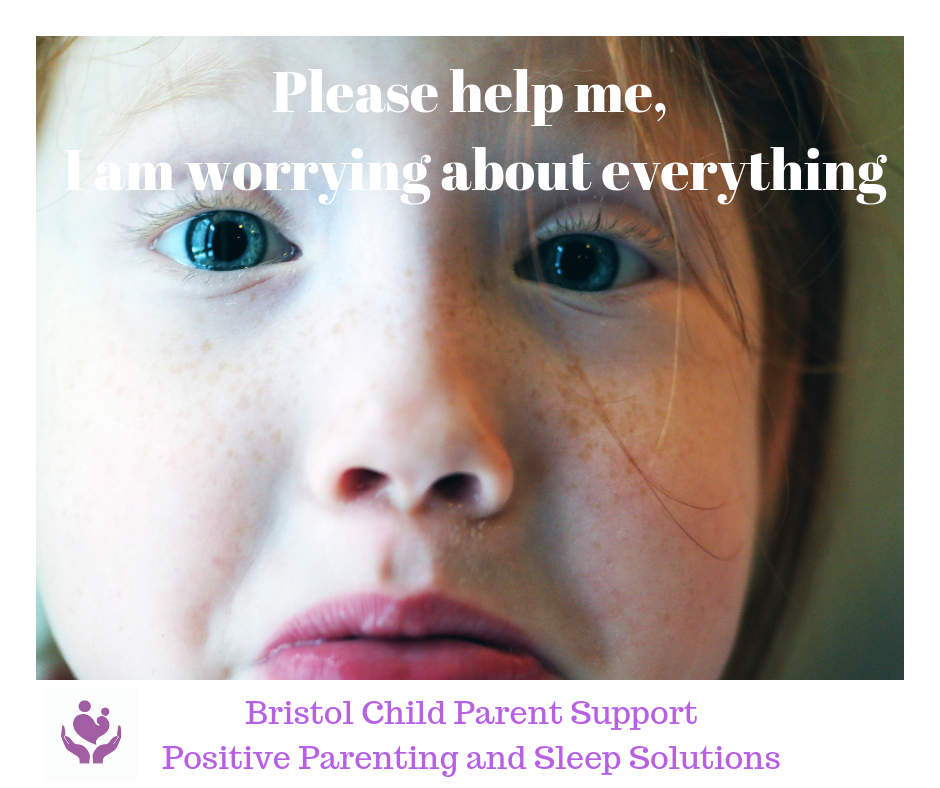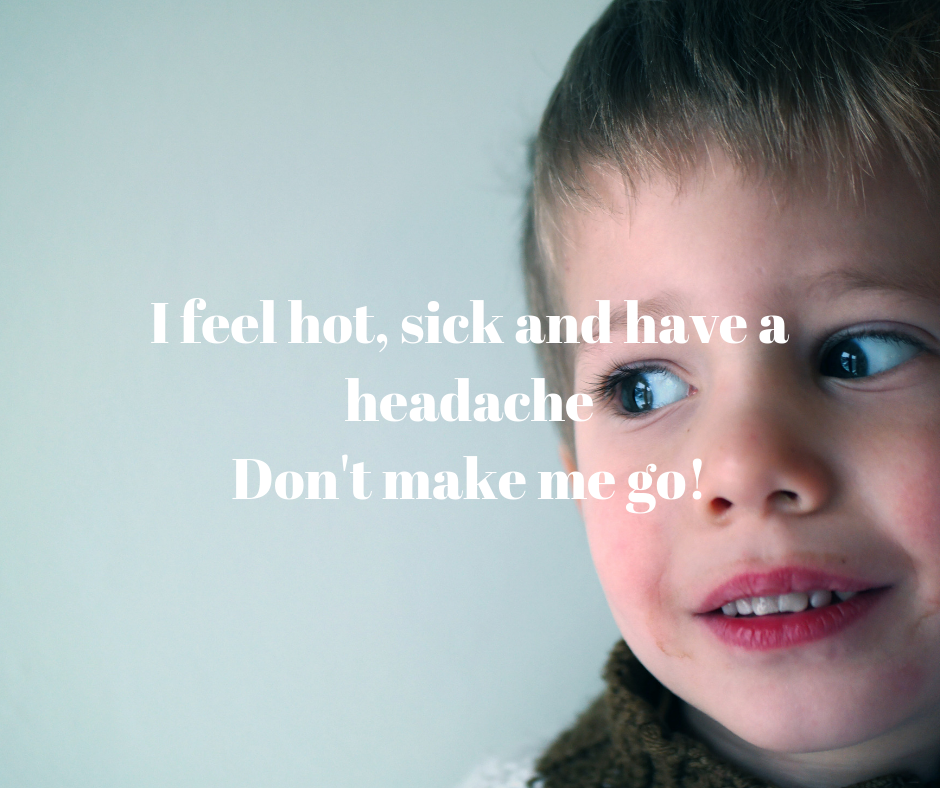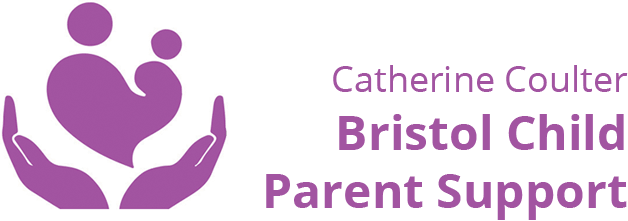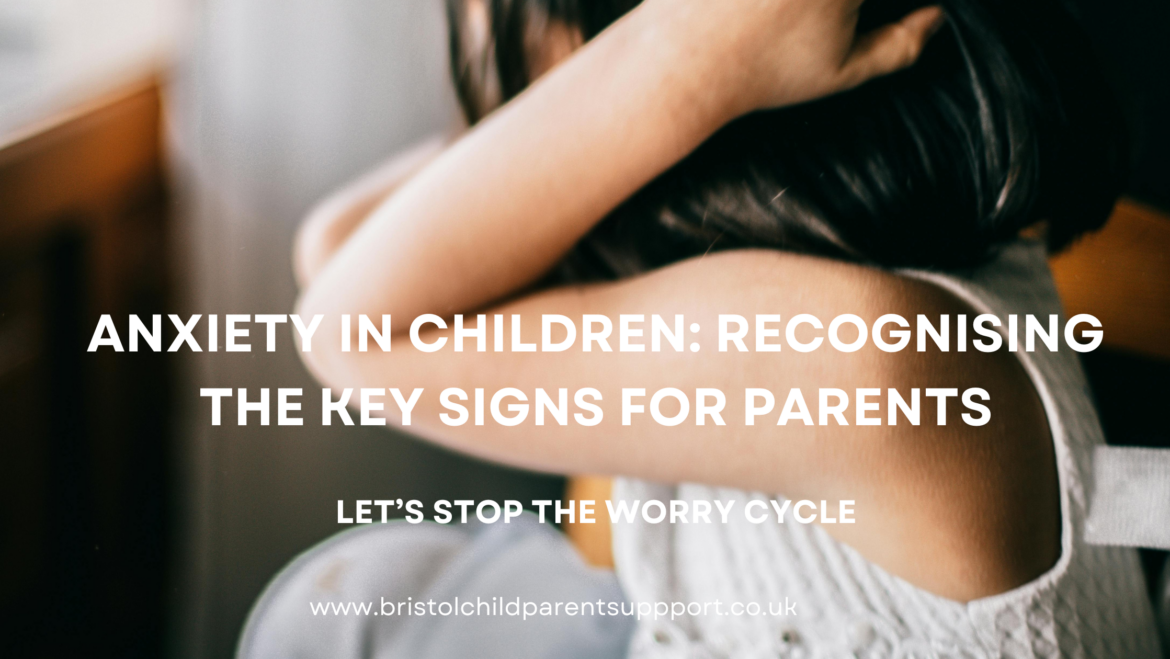As parents, it’s natural to worry about your children’s well-being, especially when it comes to their mental health. Anxiety is a common issue that many children face and can control your child’s life and yours too. Therefore, it is important for you to be able to recognise the key signs and provide the necessary support. In this blog, we will explore the key signs of anxiety in children so you know what’s normal or when to seek help for your child. Be sure to subscribe to my newsletter below as I will be sending out a free recording in June to help you and your child with anxiety now. This is the first in the series on Anxiety.
Life is equally as stressful for children
Life is full of stress, which affects children just as much as adults. They face pressure from school, social media, friendships, and external circumstances like war and environmental issues. I have been in private practice for over five years and noted that 70% of referrals for children and workshops are probably related to anxiety. Research shows that in 2019, 301 million people, including 58 million children and adolescents, had an anxiety disorder.- Despite this, anxiety disorders often go untreated.
What is the difference between fear and anxiety?
The definition provided by the American Psychiatric Association, in my opinion, aids in identifying a typical response to fear and how it can escalate into anxiety.
“Fear is the emotional response to real or perceived imminent threat, whereas anxiety is anticipation of future threat. Obviously, these two states overlap, but they also differ, with fear more often associated with surges of autonomic arousal necessary for fight or flight, thoughts of immediate danger, and escape behaviours, and anxiety more often associated with muscle tension and vigilance in preparation for future danger and cautious or avoidant behaviours”. ( APA 2013).
Anxiety Symptoms in Children: What Signs to Look out For:
Physical Symptoms
Physical symptoms are very real for children and teenagers. You will probably know that they are caused by the flight or fight or freeze stress response.
This is a primitive defence mechanism which evolved to enable us to react when faced with danger. To run away, to fight, or sometimes freeze in order to keep ourselves safe.
When our fight or flight response is activated, our body undergoes various physical changes. These changes include muscle tension, increased heart rate for better oxygen circulation, and a temporary halt in digestion. This redirects blood to the arms and legs, which can cause feelings of sickness or “butterflies” in the stomach.
This may also be why your child complains of:
- Lots of tummy aches
- Feeling sick
- Headaches
- Feeling dizzy
- Dry mouth
- Wanting to go to the toilet a lot
- Not being let go into sleep and sleep difficulties
- Not being hungry or wanting to eat too much

Signs of excessive worry
One of the primary signs of anxiety in children is excessive worry. They may constantly express concerns about everyday activities, school, friendships, or even future events. These can occur at nighttime when there are less distractions and additionally it is a time of transition, going from one state into another. Overall , the worry may be disproportionate to the situation and can interfere with their daily functioning.

Emotional outbursts
Many parents are surprised when I tell them that their child, who appears angry, may be struggling with anxiety. Anxiety can lead to emotional outbursts in children. They may experience sudden bursts of irritablity, anger, tears, or meltdowns that seem out of proportion to the situation. These emotional reactions are often a result of their struggle to manage their anxiety. This is particularly noticeable when children experience daytime anxiety in school and then usually come home and exhibit explosive behaviour..
Signs of changes in behaviour
Children may display changes in their behaviour due to anxiety, such as increased irritability, frustration, or trouble focusing. They may also show signs of clinginess, separation anxiety, or a need for constant reassurance from their caregivers or parents.

Avoidance behaviour
Children with anxiety may exhibit avoidance behaviour, trying to avoid situations or activities that trigger their anxiety. This could include avoiding social interactions, school events, or even specific places or objects. When your child becomes socially isolated, it can negatively affect their self-confidence and ability to interact with others. By not engaging with others, they miss out on opportunities to improve their social skills. This may even result in social anxiety disorder, or excessive fear and discomfort in social situations. In severe cases, a child may develop selective mutism, where they are too afraid to speak in specific environments. Be mindful of any avoidance behaviours and approach them with compassion and consideration.
Agitation and inability to concentrate
If a child is in a situation where they don’t feel safe, their body is primed to detect danger rather than for learning. The prefrontal cortex, responsible for rational thinking and planning, will not function efficiently. In survival mode, this part of the brain takes a back seat to the more primitive responses located in the amygdala and limbic system. The child’s body prepares to fight or flee, rather than sit calmly, and learn. This can result in restlessness, difficulty concentrating, and being easily distracted. Younger children may appear constantly on the go, all over the place, wired and unable to focus on one task. Older children may also display these behaviours, or seem “ zoned out” and detached. My article on, What if not all Attention Difficulties may be ADHD, includes more details on how restlessness and lack of focus can be misconstrued as ADHD.
Wanting to control
Sometimes, children try to control certain areas of their lives. They may restrict their eating or become very strict about when and what they will eat. They may also become more rigid in their thinking and refuse to compromise. This can make it hard for the family, as they may feel like they always have to bend to the child’s will. Often, when the world feels scary and unpredictable, children try to control what they can. They do this because they are feeling anxious and are trying their best to manage these feelings. Control always feels better in the short term, but in the longer term, by giving in to your child, you may inadvertently be maintaining their anxiety.
Some general tips to help your child
- Create a Safe and Open Environment: Foster a safe and non-judgmental space where your child feels comfortable expressing their emotions. Let them know that it’s okay to feel scared or anxious and that you are there to support them.
- Validate Their Feelings: Acknowledge and validate your child’s emotions. Let them know that their feelings are valid and that it’s normal to feel scared or anxious at times. This validation helps them feel understood and accepted.
- Use Age-Appropriate Language: Tailor your language to your child’s age and developmental level. Use simple and concrete terms to explain emotions and fears. For younger children, you can use visual aids or storytelling to help them understand.
- Encourage Emotional Expression: The biggest thing you can do is just talk about emotions,” Taking opportunities to talk about and label your own emotions or the emotions expressed in a children’s TV show or book can be helpful. It is also helpful for parents to label emotions that a child is expressing for them so that “in the future, they can then learn to label it themselves. Encourage your child to express their emotions through words, drawings, or play. This allows them to externalise their fears and gain a sense of control over their emotions.
- Label Emotions: Help your child identify and label their emotions. Use words like “scared,” “anxious,” or “worried” to describe what they are feeling. This helps them develop emotional awareness and build their emotional vocabulary.
- Connect Emotions to Behaviours: Help your child understand the connection between their emotions and their behaviours. For example, you can say, “I noticed that you get really quiet and fidgety when you feel scared.
- Model Emotional Regulation: Be a role model for your child by demonstrating healthy ways to cope with and regulate emotions. Show them how to take deep breaths; practise deep belly breathing.
Remember, the goal is not to eliminate all fears or anxieties but to help your child develop healthy coping mechanisms and emotional resilience. By using affect labelling and providing a supportive environment, you can empower your child to navigate their emotions and fears in a positive and constructive way.
When to be worried and seek help.
As a parent, it is beneficial to consider the three D’s when evaluating the need for assistance. If your child’s anxiety is affecting their daily life, it may be necessary for them to seek help from a licensed therapist like myself. The first line of treatment is usually talking therapy. Alternatively, speak to your healthcare provider or family doctor in the first instance. Your child’s school may also be able to make a referral.
1.Distress
In what ways is your child experiencing difficulties and distress. Do they have daily meltdowns, show distress and/or physical symptoms, and how severe are their symptoms?
2. Duration
For how long has this been happening? It is common for this to be a phase, but if you believe your child is not outgrowing it, it is advisable to seek assistance. It may develop into a problem within half a year, but the intensity and interference with daily activities could manifest sooner.
3. Disruption
Are these symptoms significantly impacting both your family and their ability to live a normal life? Is the issue hindering their daily tasks, such as struggling to focus in school or avoiding beloved hobbies and activities?
Recap, when does anxiety become a disorder?
Anxiety disorders are characterised by excessive fear, anxiety, and worry about events or activities, and this happens more often than not for a child and continues for at least six months (American Psychiatric Association (APA) (2013) Diagnostic and Statistical Manual of Mental Disorders (DSM-V). The anxiety or worry, or physical symptoms that arise as a result, can cause significant distress to a child or young person and affect their quality of life and ability to function day-to-day.
If your child is showing these signs, it’s important to get help. It’s not true that children will naturally grow out of anxiety.
I appreciate you taking the time to read this and prioritising the health of your family. Let’s stop the worry cycle. Please contact me for a consultation about your child’s anxiety. For schools or charities, feel free to reach out to me to arrange a presentation for parents about managing anxiety. With Gratitude Catherine
Sign up for a free recording of Anxiety in June, Let’s Stop the Worry Cycle
Related Articles:
Execeutive functioning skills versus emotional regulation?
Does my child have Generalised Anxiety Disorder?
Does my child have Separation Anxiety Disorder?
Understanding the links between sleep problems and nighttime fears



